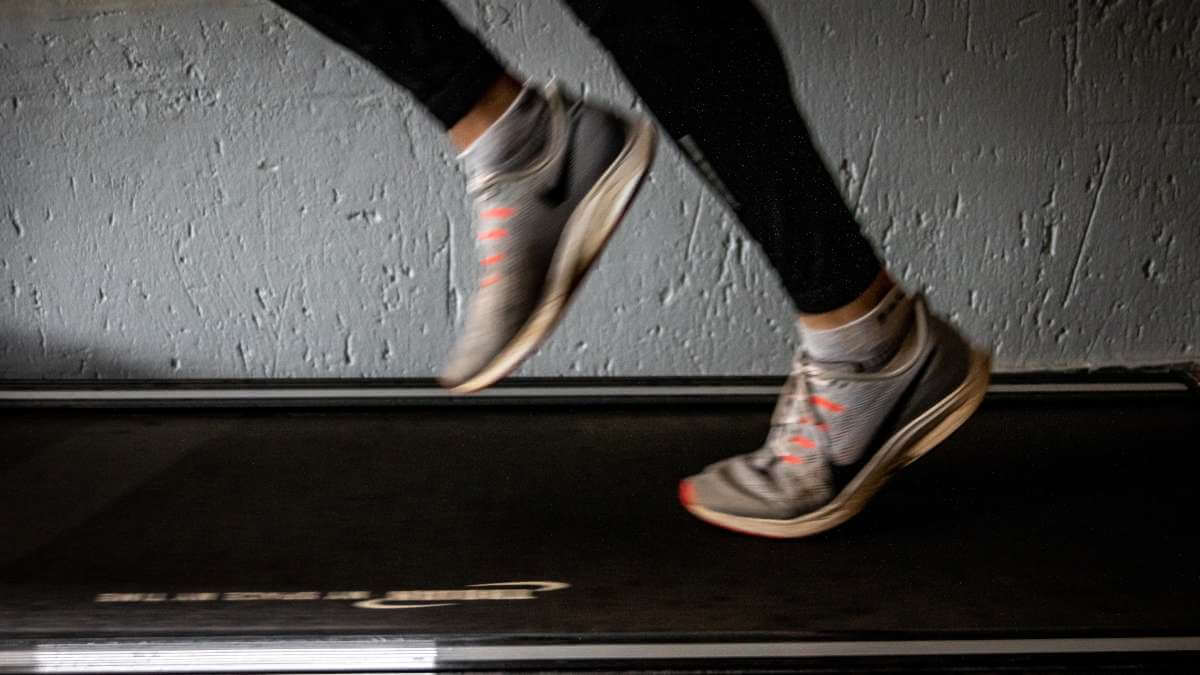Endurance science has been around in sports for many years. In fact, ever since the first relevant papers (scientific articles) started being published in scientific journals. And, although researchers have been examining athletic endurance systematically for many years, we’ve only recently begun to witness its evolution; mainly, due to the ever-increasing popularity of endurance sports, athletes, events, etc.
Today, the importance and impact of endurance science in sports are unmistakable; to the extent that we can safely state that the key to being a successful sports professional lies in a lifetime study of its advances.
Endurance science and its applications in sports
Biomechanics in the service of endurance athletes
In the last few years, the biggest sports brands in the world (Nike, Adidas, Hoka, etc.) have invested millions in biomechanics research; in order to create the ‘fastest shoe’ in the world! To that end, they use innovative footwear technology like more responsive foams, and lightweight materials; even a carbon plate (or dual carbon plate). Indeed, it seems that carbon plates give a mechanical advantage to the athlete wearing it; not to mention, it’s something that is definitely going to be the next best thing in footwear trends.
Science-based endurance coaching methods
A method well-analyzed by Seiller and other researchers years before — yet only lately gained wider recognition — is polarized training; also referred to as the 80-20 method. According to this technique, endurance athletes have to execute 80% of the training load below the first ventilatory/lactate threshold; whereas, the rest 20% above the second ventilatory/lactate threshold — or in the so-called ‘severe domain’. Studies (Stoggl et al 2010, Manzi et al 2010) validate that polarized training is more effective than traditional threshold training; yet, the trend has already started.
Another trending philosophy is the “quality over quantity”, or “train smart”, etc. Contrary to the big volume training that led the way some years ago, now modern coaches apply more “quality” workouts; with the latter referring to intensity. At the same time, they significantly reduced the volume of training. This trend is effective, especially for amateur athletes and hobbyists, who have less available time to train.
Wearable technology using science
Wearables are everywhere; GPS watches, power meters, heart rates, portable gas analyzers, or muscle oxygenation sensors. To say nothing of sunglasses with augmented reality that have flooded the market; seems like the wearable industry is at its best.
Nowadays, coaches have access to valuable data, like the heart rate, HRV, stress levels, power efficiency, or training zones distribution; directly on their screen. With this in mind, we believe that collecting and analyzing data through wearables will improve the way athletes train.
In the next few years, electromyographic shirts will become mainstream; in effect, athletes will have real-time information on their status. And that’s all well and good, but only if science is applied.
Endurance science-based coaching software leading the way
If you have many athletes under your tutelage, you’ll have to make do and organize everything properly; if anything, you have a flood of data to handle. That’s where coaching software and sports apps come into the picture, to help coaches and athletes optimize training.
The truth is that modern coaches are in great need of analyzing tools, automation, workout builders, managing tools, etc. That’s why we’ve created Endogusto in the first place; an all-in-one platform, designed by coaches, for coaches. Does this strike a chord? If you want to know more about Endogusto, you may give us a nudge.
You won’t lose, we promise 😉
